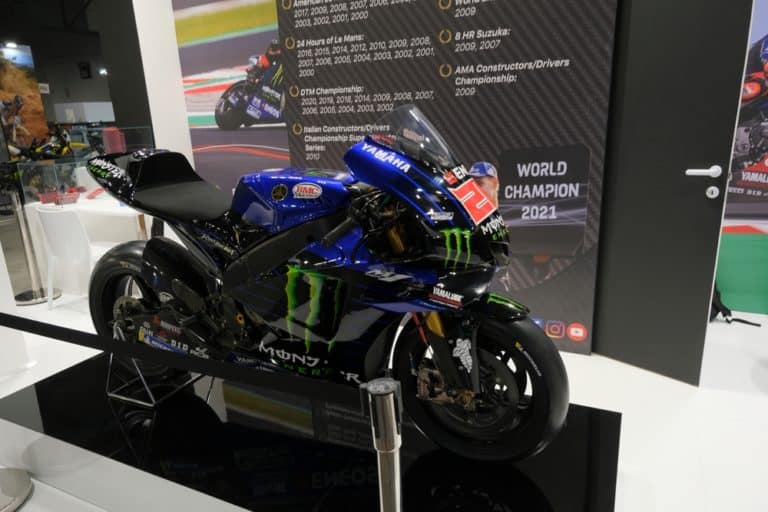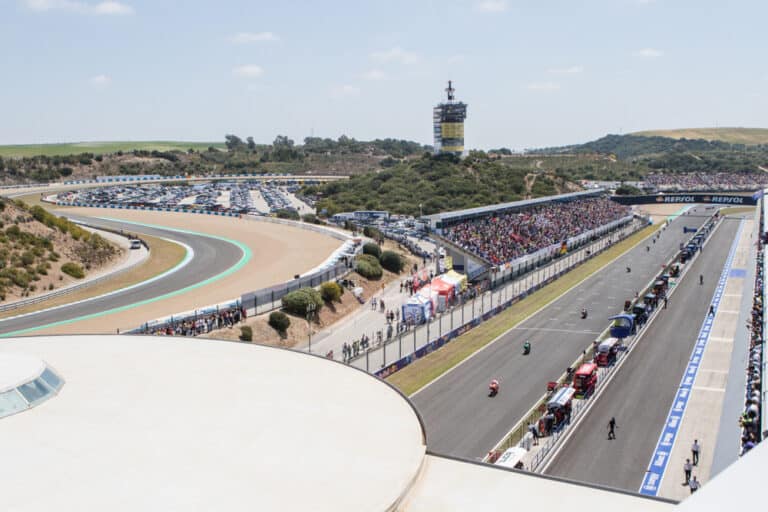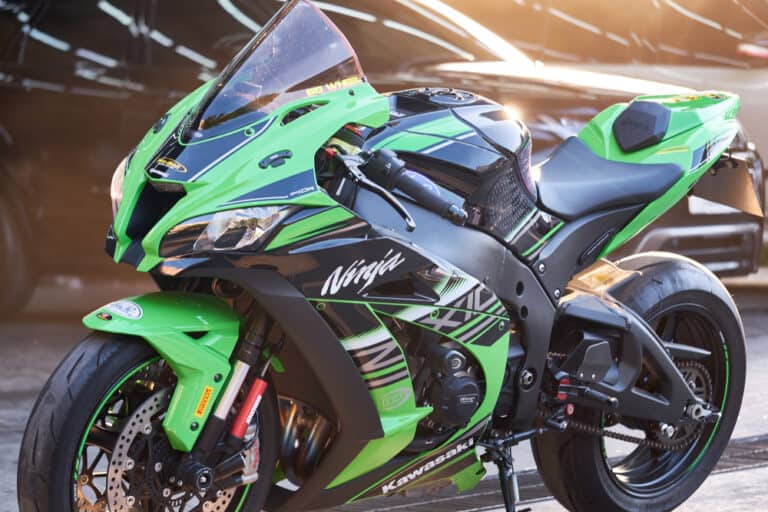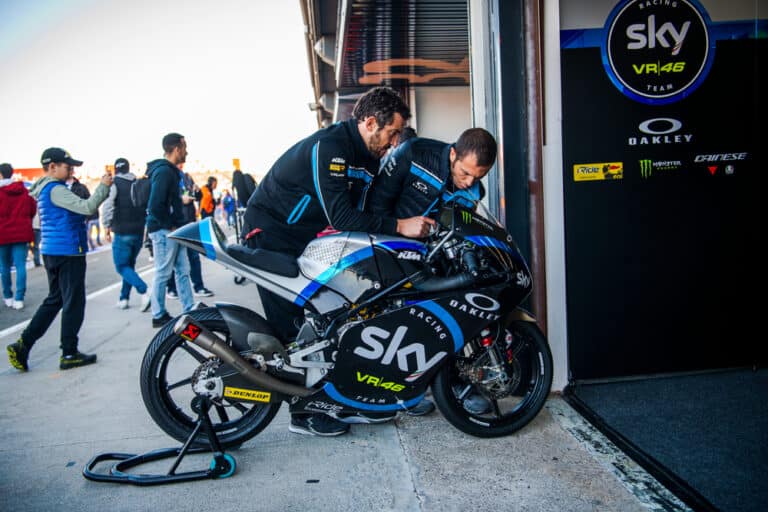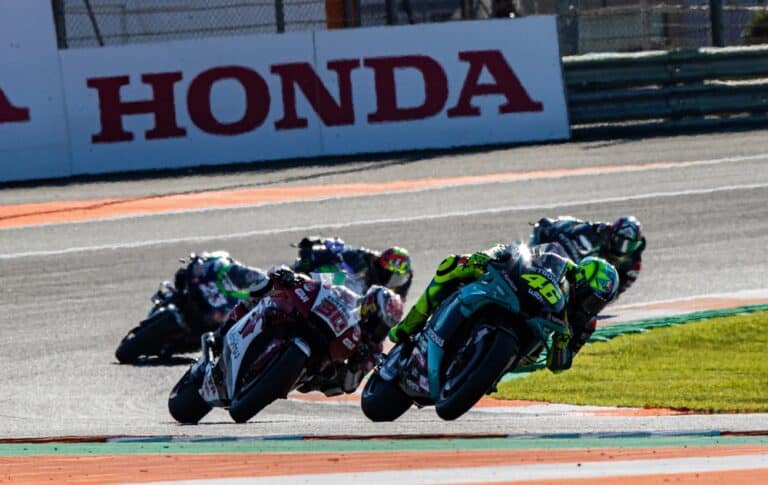The Snell Foundation rates racing helmets into three categories for racing. They are classified as SA – Sports Application, M – Motorcycle Application of K – Karting Application.
The difference between SA and M-rated helmets is that the SA standard requires a flammability test and a roll bar impact test, not required by the M standard. The SA standard calls for a narrow field of vision, whereas the M standard requires more peripheral vision.
The Snell SA-rated professional helmets are designed for auto racing to provide extreme impact protection and fire protection. The Snell M-rated helmets are designed for motorcycle racing and other motorsports and offer less protection than SA-rated helmets. The Snell K-rated helmets are designed for Karting applications and subjected to the same impact tests as the SA-rated ones, but not the fire protection requirements.
Other factors affect the legality of helmets in Drag, Motorcycle, or Kart racing. Let’s look at these in more detail.
Regulation Differences: Drag Vs. Motorbike Racing Helmets?
The Snell Foundation issues new rating standards every five years. The new Snell rating standards, dated May 3, 2019, is currently in effect and supersedes all prior version entirely. Helmets have a recommended replacement cycle of five years, and all Snell-rated helmets of 2015 are no longer allowed in racing competitions.
The helmet is identified inside with a Snell Rating label identifying the standard to which the helmet has been certified. Only Snell SA2020, Snell M2020, and Snell K2020 helmets should be on sale. Snell SA2015, M2015, and K2015 helmets should no longer be available for purchase.
The National Hot Rod Association (NHRA) is the governing body that sets the rules for drag racing events in the United States and Canada. The NHRA is the largest governing body in the world.
The current Basic Rules of the NHRA calls for the following regulations regarding helmets to be used in races governed by their body. All drivers must wear helmets meeting the latest Snell Foundation Ratings and complying with the test requirements defined by Snell SA2020, Snell M2020, and Snell K2020.
Full-face helmets are mandatory on all cars and bikes faster than 9.99 seconds per quarter mile or 6.39 seconds per one eight mile. Riders or drivers of cars or motorcycles faster than 8.59 seconds per quarter-mile must wear helmets to the current Snell standard.
The main difference between the Snell SA2020 standard and the Snell M2020 standard is that the SA standard has additional fire resistance and impact protection requirements, not required by the M standard. It is not foreseen that a motorcycle rider is faced with the same risk of fire.
In Drag Racing, the driver is strapped into the vehicle to ensure that the driver is protected from falling out of the car or is not flung into the vehicle interior in the event of a crash or rollover. The driver may be trapped inside a vehicle involved in an accident, and the risk of a fire is more likely.
In motorcycle falls or crashes, the rider is not attached to the motorcycle and can thus escape the risk of a fire more easily.
In 2019, the Fédération Internationale de Motocyclisme (FIM- International Motorcycling Federation), the global governing/sanctioning body of motorcycle racing, decided to implement their testing program for motorcycle racing helmets.
The FIM testing is conducted on a more extensive selection of helmet sizes. The Snell Foundation will only test one or two sizes per manufacturer helmet model. The FIM will certify all sizes to their standards, assuring riders that the make, model, and size of helmets that they wear are in full compliance.
What Are The Six Most Critical Elements Of Helmet Safety?
The Snell Foundation and the FIM set test standards to ensure maximum benefit for the user. The six criteria affecting a helmet’s protective properties are:
- Impact management – Collision protection against large objects.
- Positional stability of helmet – Correct position of the helmet on the head.
- Strength of retention system – Will the chin straps are strong enough to hold the helmet on the head during the collision.
- Effective area of protection – Ensuring that the most vulnerable regions of the head are protected.
- Fire Resistance – How long the helmet will withstand exposure to direct flame. This flame resistance may well mean survival for restrained drivers and passengers in a crashed vehicle where a few seconds of additional time may enable escape or rescue.
- Frontal Head Restraints – Whether the helmet is appropriate for use with tether systems intended to divert the inertial load of the wearer’s head and helmet away from the cervical spine in crash impact conditions.
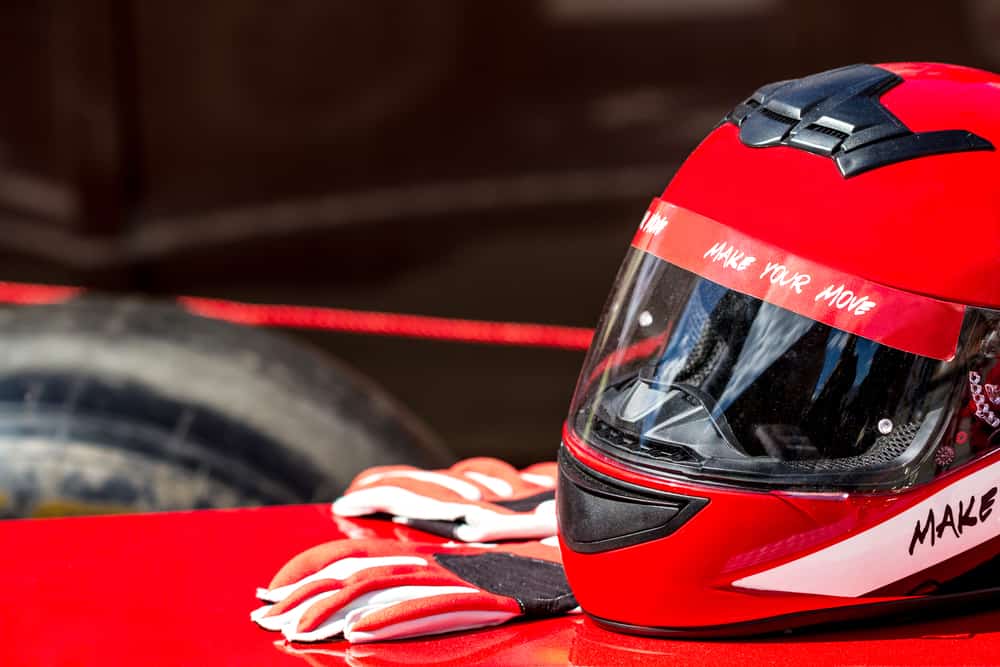
How Do Snell Vs. FIM Standards Compare?
The M2020 revision of the Snell Foundation standard for motorcycle helmets is intended for two situations:
The first is to continue with the requirements for M2010 and M2015 in the M2020D standard with regard to compliance with DOT requirements. It requires superior levels of impact energy management required in M2020.
The second is to incorporate a modified impact test to accommodate the more significant impact attenuation required by the ECE regulations. The M2020R designation indicates compliance with ECE Regulation 22.
M2010 and M2015 were considered the best protection motorcyclists might reasonably be expected to wear, consistent with current technology and with the limits imposed by the US mandatory DOT standard (FMVSS 218). Helmets in compliance with M2020D are intended to accommodate those manufacturers who have successfully provided excellent protective helmets to motorcyclists in North America and Japan and wish to continue doing so.
However, only a single helmet maker has obtained European homologation for its Snell M2015 certified helmets. At the same time, other manufacturers protest that they cannot produce helmets meeting Snell requirements which will also be eligible for use in Europe. Therefore, M2020R is formulated to mark helmets with a premium protective performance as required by ECE Regulation 22. The M2020R standard will also enable some good compatibility with FIM impact test requirements.
Conclusion
If you plan to compete in the NHRA events in North America, you will be required to wear the M2020 helmet for motorcycle events and the SA2020 helmet for the drag racing events. These Snell accredited helmets will also be valid in Japan and other non- European racing events.
For motorcycle events and regular use in Europe, FIM accredited helmets will be required. The equivalent Snell Rating of M2020R is equivalent to the FIM regulations for motorcycle racing events.

